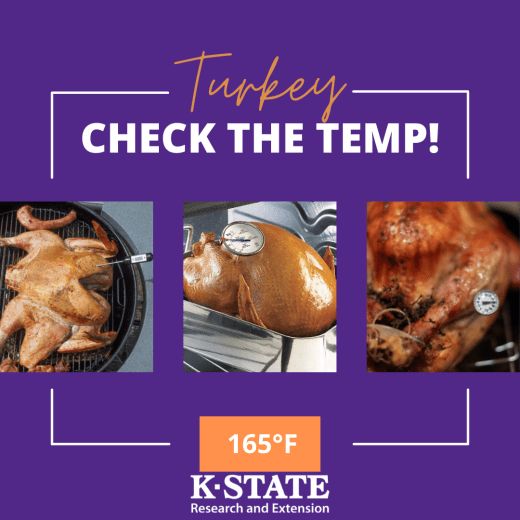
From a simple sandwich, to the star of a holiday dinner table, ham is a popular choice for many meals. The choices for ham include fresh, cook-before-eating, cooked, picnic, and country types. So, each type of ham has its own storage and cooking times.
Ham comes from the leg of the pork animal. Fresh ham is uncured and will be labeled “fresh” in the product name. They must be cooked before eating and will have a pale pink or beige color, like a pork roast. Cured ham or cured-and-smoked ham will have a deep rose or pink color. Country ham and prosciutto will have a pink to mahogany color. These can be eaten cold or heated.
The estimated amount per serving to buy is:
- 1/4—1/3 pound per serving of boneless ham
- 1/3-1/2 pound per serving of bone-in ham
Reheat cooked ham in the oven at 325°F to an internal temperature of 140°F as measured by a thermometer. A bone-in spiral ham will take about 10-18 minutes per pound.
For more information on ham, see this USDA publication entitled Ham and Food Safety.





